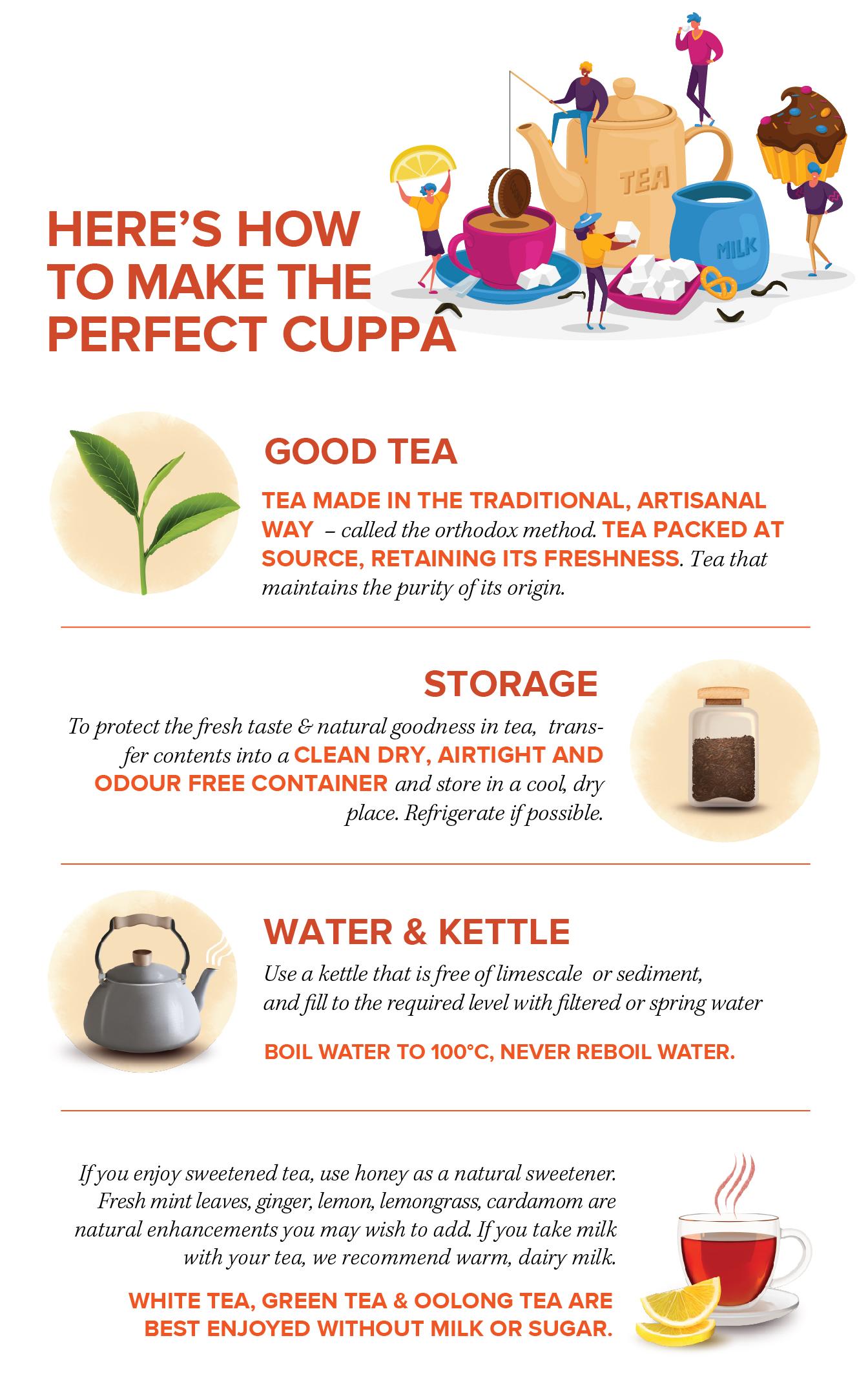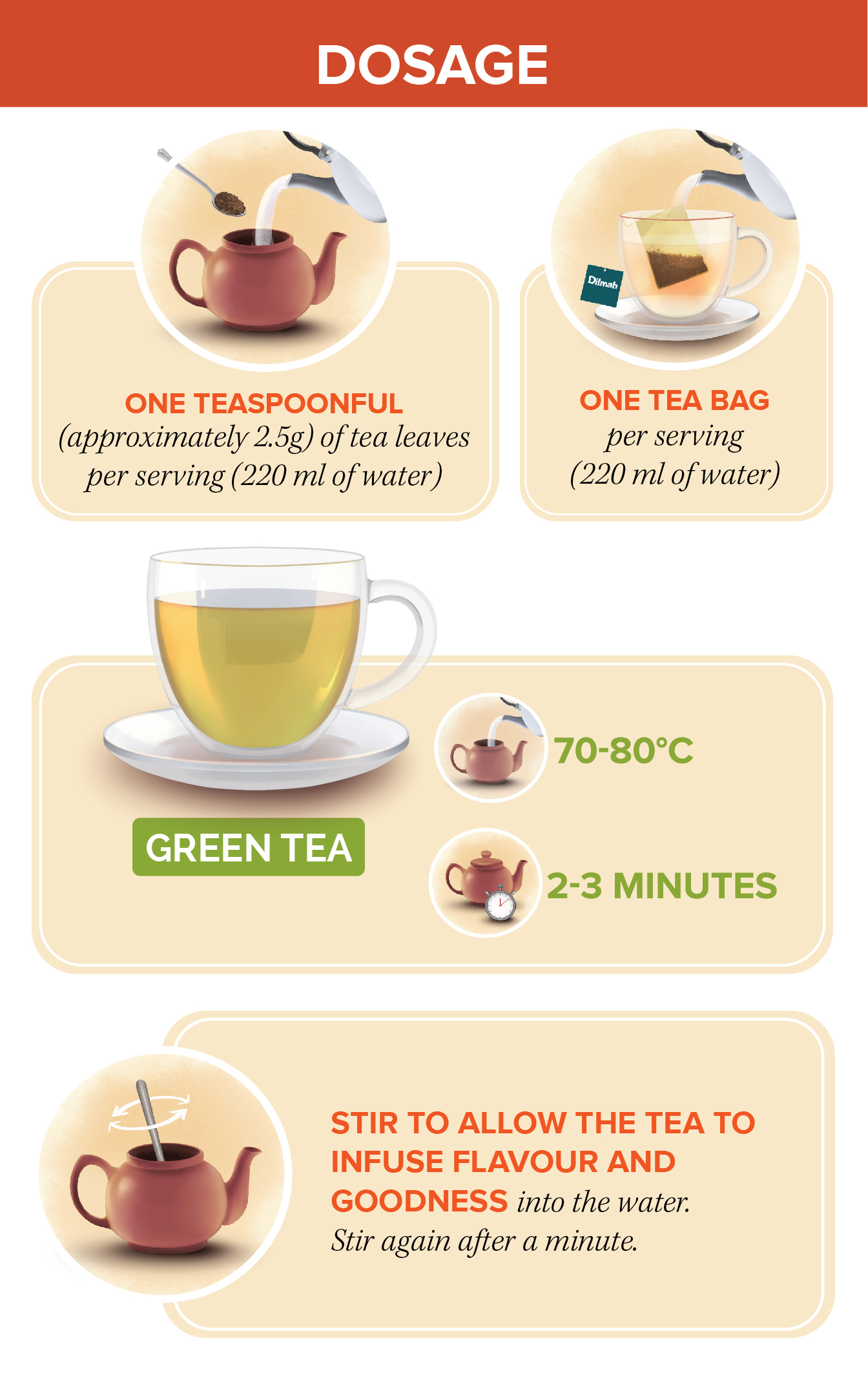The subtle variations among black, green, white and oolong teas are a result of the manufacturing process of the leaf. Yet, the resulting unique variations in the liquor colour, aroma and taste come from the leaves of one plant – Camellia Sinensis. Tea is not just about the drink but the total experience of selecting the type, preparing, serving, and taking time to enjoy it.
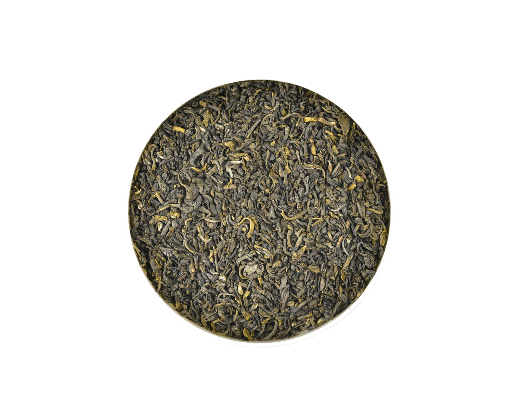
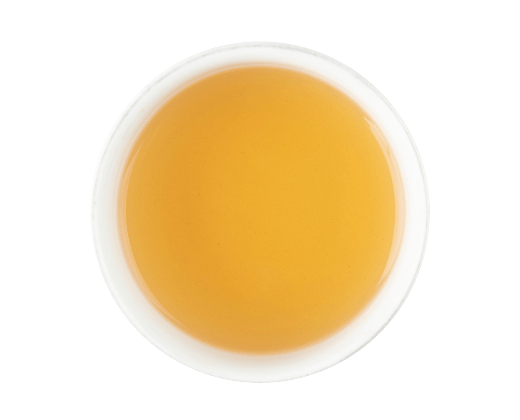
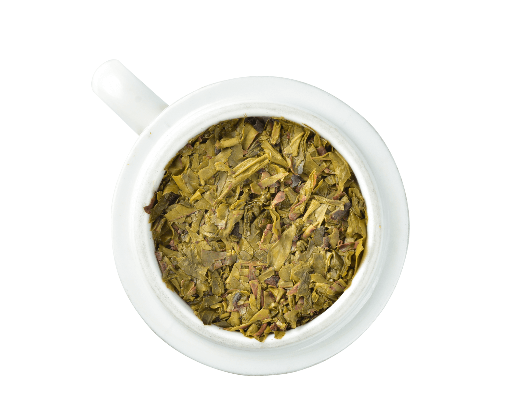
All types of “true” tea actually originate from the same plant. The botanical name for the tea plant is camellia sinensis. This plant originated in southern China thousands of years ago, and has been cultivated and consumed for hundreds of years.
Green Tea originates from China and is also in Japan, Vietnam, Taiwan and increasingly in India and Sri Lanka. Green Tea is unfermented, maintaining mild and light, while sometimes astringent, characteristics. The leaf is picked, withered, heated and then rolled before drying and sifting.
Several different methods reflect unique traditions for green tea making in parts of China, Taiwan and Japan. Chinese green teas are usually pan - fired after harvest in order to stop the oxidation process. These teas tend to be milder than Japanese green teas, and brew up a soft golden color, with a light body and a mellow flavour. The most popular tea in Japan is Sencha, made by a method unique to Japan.
Green tea is harvested and then immediately either steamed or pan - fired in order to halt the oxidation process. Stopping oxidation soon after harvest is what gives green tea leaves their bright green color and their light, vegetal taste. The tea leaves are then rolled or pressed into their final shape and dried.
